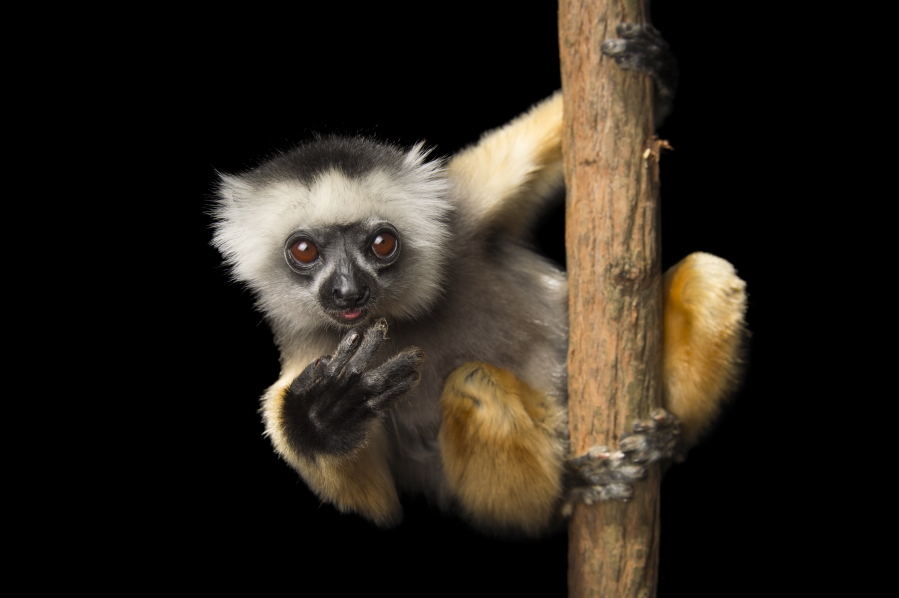LOS ANGELES — The conventional wisdom is that public sympathy is evoked by seeing one person in need of help, not the many.
Photographer Joel Sartore has staked a decade of his life, and counting, that the same holds true for animals and the imperiled wonder they represent.
As detailed in PBS’ “Rare: Creatures of the Photo Ark,” Sartore is on a quest to capture images of the roughly 12,000 species in captivity around the world, including rare and endangered ones, to persuade us they are worth protecting. The three-part series debuted at July 18 on PBS stations and online.
Sartore’s subjects, ranging from majestic elephants to comical insects, are placed against an elegantly spare black or white background. There is an unsettling challenge in the gaze of mammals, or so Sartore’s artistic lens makes it seem.
“The animals are the poetry. They’re beautiful works of art,” Sartore said in an interview. “They do all the talking. My job is to get out of the way.”
But if his images of beauty and vulnerability fail to sway people, he said, maybe self-interest will.
“We really want to get people in the tent of conservation, and make them realize you can’t lose half of all species and not have it come back and affect humanity in a very detrimental way,” Sartore said.
In his quest to build a virtual ark that captures the world’s biodiversity, the National Geographic fellow has visited nearly 40 countries to make digital images of more than 6,000 species that include, roughly, 900 mammals, 600 amphibians, 1,800 birds, 700 fish and 1,200 reptiles.
He works with zoos, wildlife habitats, aquariums and other facilities caring for animals, although he ventures into the wild when needed. He and Chun Wei Yi, the PBS series’ art director and producer, focused on rare species, including New Zealand’s kakapo, a flightless bird, and the Yangtze giant softshell turtle in China. The latter has dwindled to three ancient survivors, Sartore said, with one rescued by a circus owner impressed with her size.
Sartore insists on remaining hopeful about the future, even as he sees species vanish.



